
Reviewing a patient’s intake of opioids after cesarean may help optimize pain management post-discharge, according to results of a new study.

Reviewing a patient’s intake of opioids after cesarean may help optimize pain management post-discharge, according to results of a new study.

Can technology help provide answers to a complex condition? This guide demonstrates how to use ultrasound as a first-line diagnostic tool.

These recommendations, based on the observations of a patient, is a Top 8 list of ways to optimize an outpatient visit for reproductive health care for women with spinal cord injury or disease.
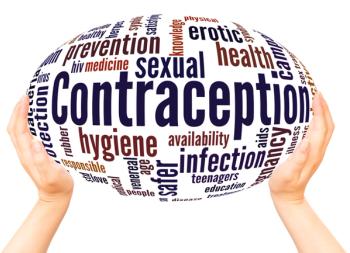
This case study illustrates how to navigate the complex issues ob/gyns may encounter when counseling patients with a cognitive impairment.
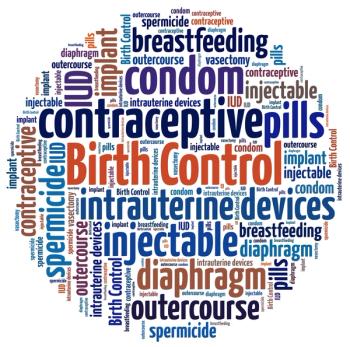
After Medicaid expansion under the Affordable Care Act (ACA), use of insurance for visits to safety net clinics specifically for contraception increased in all states, according to a recent study.

Improvements in contraceptive use among adolescent females have contributed significantly to a decline in pregnancy rates in Britain and the United States, according to a multidecade comparison of the two regions.

As the impact of the coronavirus (COVID-19) pandemic continues to escalate, the Society for Maternal-Fetal Medicine (SMFM) has released guidance on the maternal, fetal and neonatal implications of the disease.
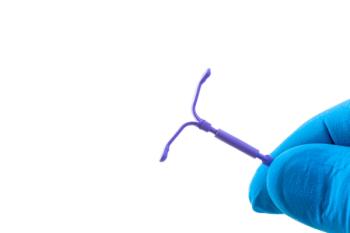
Obese women who used the levonorgestrel intrauterine system (LNG-IUS) were nearly three times as likely to achieve a complete response to progestin treatment, and saw a significant reduction in risk of progression to cancer, according to new research.

Online communication provides an empowering environment for the exchange of accurate and useful contraceptive information, when based on real user experiences, according a recent study from Contraception.

Physicians should meet with their attorneys to prepare for any testimony, especially in cases with documentation discrepancies and unreliable physician-nurse communication.

As patients increasingly present with organ prolapse or incontinence, they may require a safe, effective, and non-surgical treatment option.

The Centers for Disease Control and Prevention (CDC) has posted a FAQ on coronavirus in pregnancy and interim guidance on breastfeeding in women who have or are suspected to have COVID-19.
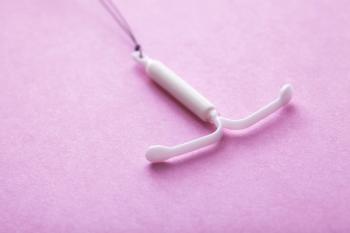
Both the etonogestrel (ENG)-releasing subdermal implant and a levonorgestrel-releasing intrauterine system (LNG-IUS) significantly reduce pain in women with endometriosis, according to new research.

According to a recent study from Sexual Medicine, infertility concerns for women with endometriosis are dependent on their type of dyspareunia.

New research from Springer Nature indicates that late prenatal alcohol exposure prevalence is much higher than previous studies had shown for babies from West Virginia.
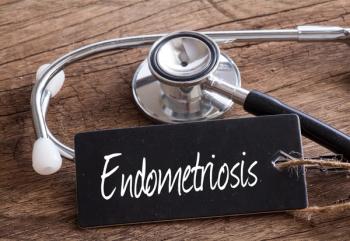
Six single nucleotide polymorphisms (SNPS) may be strongly associated with endometrial cancer risk, according to a new analysis of the latest evidence on genetics of the disease.

New findings from the Journal of the American Heart Association indicate that domestic abuse (DA) against women can increase mortality from all causes by 40% when compared to rates in the general population.
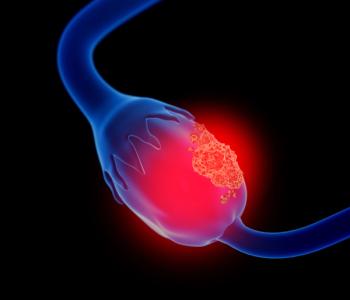
Results of new research led by Australian investigators suggest that interleukin-6 (IL-6) may have a role in diagnosis of ovarian cancer-but not on its own.

Women who have poor sleep quality are also eating more food and have lower-quality diets – all of which are factors that increase cardiovascular disease (CVD) risk.

When long-acting reversible contraception (LARC) was offered to teenage mothers prior to hospital discharge, it drastically reduced the rate of rapid repeat pregnancy, according to a study of adolescents in Indiana.

Findings from a study in The European Journal of Contraception & Reproductive Health indicate a variation in virulence among Candida species in reaction to IUD use.

Patients with low Endometriosis Fertility Index (EFI) scores may not have a strong chance of a pregnancy achieved without use of assisted reproductive technology (ART), according to a meta-analysis from BJOG.

An associated ileocecal endometriosis (ICE) location is a marker of severity in 25% cases of women undergoing complete resection for low rectal endometriosis (LRE), according to a retrospective cohort study in BJOG.

Changes in obstetric practice over the past 20 years may have led to declining birth weights, according to new research from Demography.

Six medical societies have formed a new organization to enhance communication about genetics and pregnancy.

An analysis of data from SWAN underscores the importance of monitoring women going through menopause for cardiovascular disease (CVD) risk factors.

This installment of our Complex Contraceptives series examines contraception considerations for patients with high-blood pressure.

Computer-assisted motivational interviewing may not be effective for convincing released female inmates to use contraception, according to new research from Contraception.

Women with pregestational diabetes mellitus (DM) who recognize benefits in contraception and preconception care are much more likely to use contraception postpartum, according to a survey in the Journal of Obstetrics, Gynecologic & Neonatal Nursing.

When clinicians are knowledgeable about the benefits of vaccinations, vaccination rates among patients increase.